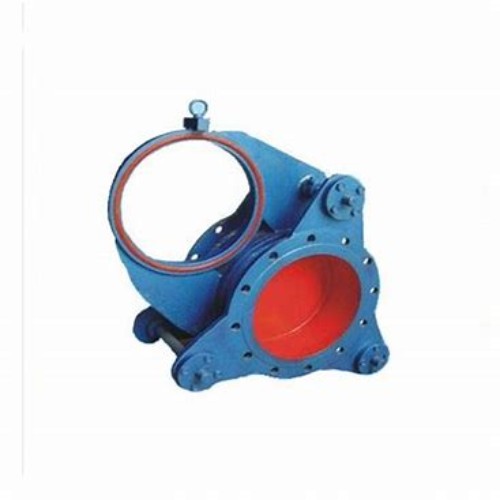Manual Control Gate Valve for Efficient Fluid Regulation in Industrial Applications
Manually Operated Gate Valves A Comprehensive Overview
In various industrial applications, the gate valve serves as a vital component for controlling the flow of fluids. Among the several types of gate valves available, manually operated gate valves hold a unique position due to their simplicity, reliability, and cost-effectiveness. This article aims to provide an in-depth understanding of manually operated gate valves, their design, operational features, and applications.
Design and Structure
Manually operated gate valves are designed primarily to start or stop the flow of liquid or gas through a pipeline. Unlike other valve types, such as ball or globe valves, gate valves are intended to operate as fully open or fully closed entities. They consist of two main components the body and the gate (or disc). The body houses the internal components and connects to the pipeline, while the gate moves perpendicular to the flow, either allowing or obstructing it.
The manual operation is achieved through the use of a handwheel or lever, which is connected to a screw mechanism that raises or lowers the gate. Material choices for the valve body and gate typically include stainless steel, cast iron, or brass, tailored to the specific requirements of the application, including pressure and temperature ratings.
Working Principles
The operation of manually operated gate valves is straightforward. When the handwheel is rotated in one direction, the gate is lifted from its seat, allowing fluid to flow through the valve. Conversely, rotating the handwheel in the opposite direction pushes the gate back into its seat, effectively sealing off the passage and stopping the flow. This design minimizes turbulence and pressure drops, making gate valves ideal for high-flow applications.
However, it’s crucial to note that gate valves do not perform well in throttling applications. They are designed for either fully open or fully closed states, and using them to regulate flow can cause damage over time.
Advantages
manually operated gate valve

Manually operated gate valves offer several advantages that make them a preferred choice in various applications
1. Simplicity and Reliability The straightforward mechanical design enhances reliability and minimizes the chances of failure, making them easy to maintain. 2. Low Friction Loss The fully open design of gate valves allows for efficient flow with minimal pressure loss, which is particularly important in large pipelines. 3. Versatility These valves can be used with various media, including water, oil, gas, and more, across different industries.
4. Cost-Effectiveness The absence of complex mechanisms means that manually operated gate valves are generally more affordable compared to automated alternatives.
Applications
Manually operated gate valves find applications across multiple industries, including
- Water and Wastewater Treatment They are essential for controlling water flow in treatment plants and distribution systems. - Oil and Gas These valves are employed in pipelines to manage the flow of crude oil and natural gas. - Chemical Processing They are used to control the flow of various chemicals safely and effectively. - HVAC Systems In heating, ventilation, and air conditioning systems, manually operated gate valves are utilized to regulate water and other fluids.
Conclusion
In conclusion, manually operated gate valves represent a vital technology in fluid control systems across diverse industries. Their reliable, simple, and cost-effective design makes them an attractive option for both operators and engineers. While they might not be suitable for flow regulation, their effectiveness in fully opening or closing pipelines ensures that they remain an essential component in numerous applications. Understanding their design, operation, and applications is crucial for anyone involved in industrial operations, making them a fundamental topic in the field of fluid mechanics and engineering.
-
The Versatility of Ball Valves in Fluid Control SystemsNewsJun.10,2025
-
The Practical Benefits of Centerline Butterfly ValvesNewsJun.10,2025
-
The Benefits of Bellows Seal Globe Valves for Industrial SystemsNewsJun.10,2025
-
The Advantages of Offset Butterfly ValvesNewsJun.10,2025
-
Ductile Gate Valves: Strong, Reliable, and Essential for Every SystemNewsJun.10,2025
-
Cast Iron Gate Valves: A Reliable Solution for Every SystemNewsJun.10,2025
-
Why Choose a Brass Gate Valve for Superior Performance and DurabilityNewsMay.09,2025




